Are you planning electrical upgrades in your home but feeling unsure about what’s involved or whether it’s even necessary? Upgrading your main panel or meter tails is one of the most important steps homeowners take to ensure electrical safety, compliance, and performance, especially with the growing use of electric showers, EV chargers, and solar panels.
Main panel and tail upgrades boost your home’s electrical capacity, reduce the risk of overload, and prepare the system for modern energy demands. Whether you're renovating, experiencing power issues, or simply future-proofing your property, knowing what to expect is essential.
In this blog, we’ll answer the 7 Questions Homeowners Ask Before a Main Panel or Tail Upgrade, helping you understand when, why, and how to approach this critical upgrade with confidence.
What is Main Panel or Tail Upgrade?
A main panel upgrade involves replacing your existing fuse board or consumer unit with a modern system that can safely handle today’s electrical demands. This includes adding more circuit capacity, better safety features like RCDs and SPDs, and ensuring compliance with current Irish regulations. It’s often needed when installing high-powered appliances or after a home renovation.
A tail upgrade refers to replacing the thick cables that run from your ESB meter to the consumer unit. These tails carry all the electricity into your home, and older cables are often too small for modern usage. Upgrading them to the correct size, usually 16mm² or 25mm², ensures your electrical system operates safely and supports any increased load.
What Are the 7 Questions Homeowners Ask Before a Main Panel or Tail Upgrade?
Thinking about upgrading your home’s electrical system can feel overwhelming if you don’t know what’s involved. Here, we answer the most common questions homeowners ask before going ahead with a main panel or tail upgrade.
1. Do I Really Need a Panel or Tail Upgrade?
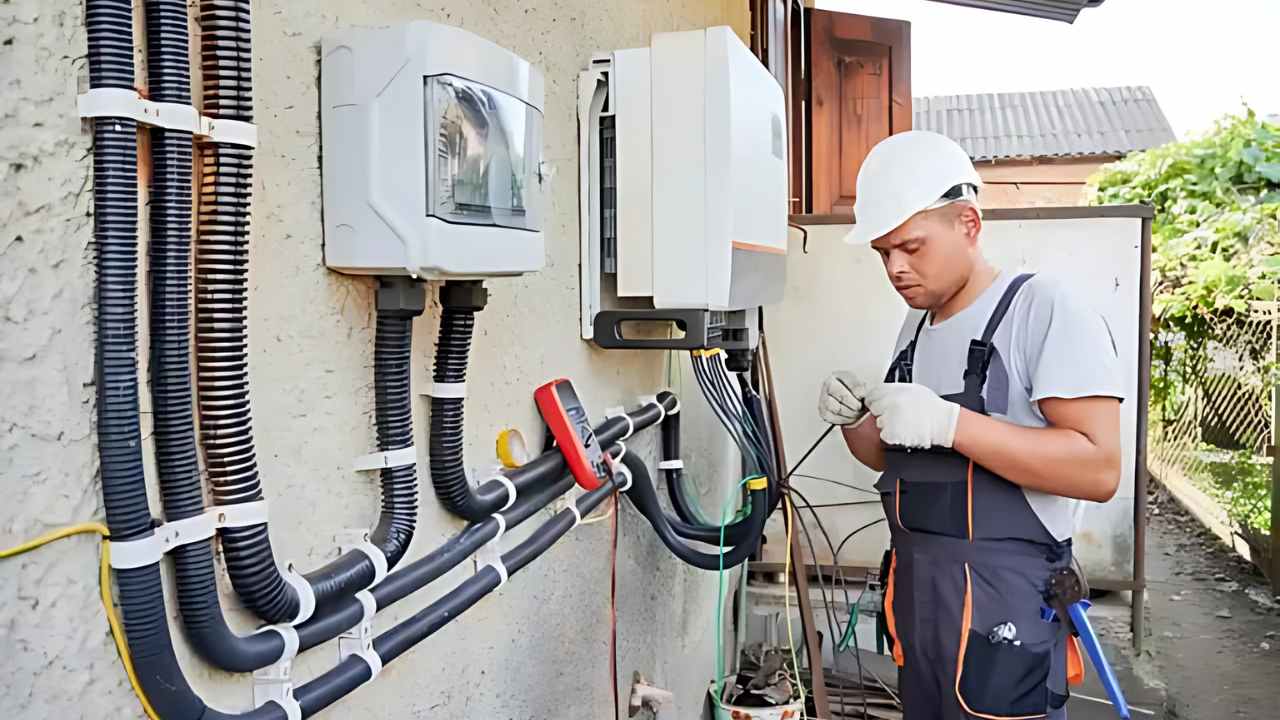
It’s a common question, especially when your current setup seems to be working. However, if you’ve added high-powered devices like an electric shower, EV charger, or heat pump, your electrical system may already be under strain.
Older panels often cannot handle modern energy demands and may lack key safety features. Even if everything appears normal on the surface, hidden issues could be putting your home at risk. An upgrade helps ensure that your system is both safe and suitable for today’s energy usage.
2. How Can I Tell If My Current Electrical System Is Outdated?
Outdated systems often show clear signs like flickering lights, frequent tripping, or old-style fuses instead of modern breakers. If your panel is over 20 years old, it may not comply with current standards or offer proper safety protection.
You might also notice limited space to add new circuits, which is a challenge during renovations. In some cases, damage or overheating can be visible around the consumer unit. Having a professional electrician evaluate your setup is the best way to know if you need an upgrade.
3. What Risks Do I Face by Delaying an Upgrade?
Delaying a panel or tail upgrade can expose your home to several risks, including overheating wires, electrical fires, or even complete power failure. As energy use increases in the average home, older panels and undersized tails may no longer be able to cope.
Faulty or overloaded systems are among the most common causes of domestic electrical fires in Ireland. You also risk facing higher costs later if urgent repairs or emergency ESB callouts are needed. Acting early allows you to protect your home and avoid future disruptions.
4. Is It Safe and Legal to Do This Work?
Yes, as long as it’s done by a registered electrical contractor. In Ireland, all major electrical work must comply with the National Rules for Electrical Installations and be certified by a Safe Electric-registered electrician.
DIY electrical work is illegal and highly dangerous, especially when dealing with high-voltage systems. A certified professional ensures that every part of the upgrade is safely installed, thoroughly tested, and fully documented. This not only keeps your family safe but also protects your home insurance eligibility.
5. Will I Need ESB or Planning Approval?
In most residential cases, you won’t need planning permission for a panel or tail upgrade. However, ESB involvement may be necessary if the upgrade affects the supply cable or meter position, or if your electricity load is being increased.
Your electrician will advise if an application to ESB Networks is required and will typically manage the process for you. This means you don’t need to handle technical forms or coordinate with ESB directly. With the right electrician, even regulated upgrades can proceed smoothly.
6. How Long Does the Upgrade Take?
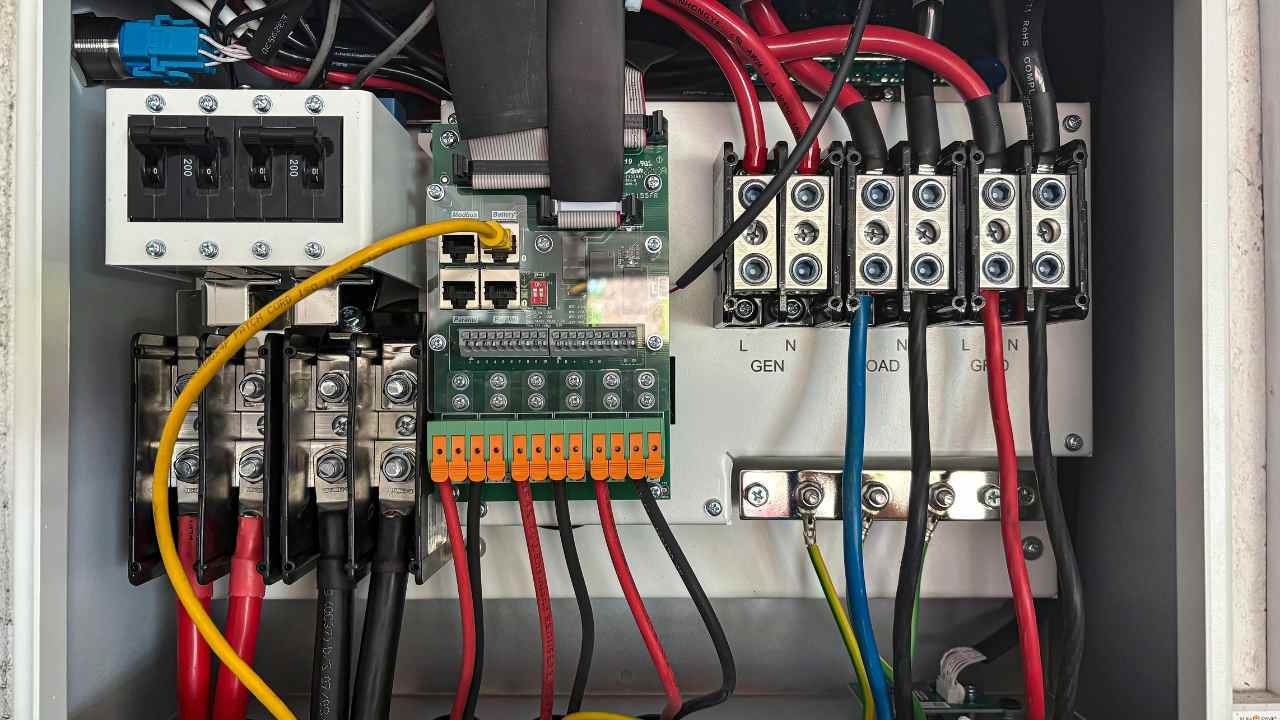
Most upgrades are completed within a single working day, typically lasting between three to six hours. If ESB needs to disconnect or reconnect your supply, some additional scheduling time may be required.
During the upgrade, your electricity will be temporarily turned off while the panel and tails are replaced and tested. Once installed, the system will be thoroughly inspected and certified before being brought back online. A good electrician will explain every step clearly and make sure the process is handled with care and efficiency.
7. What Are the Long-Term Benefits of Upgrading?
A main panel or tail upgrade gives you more than just electrical improvements. It ensures your home is ready to meet growing energy demands and supports future additions like EV chargers, heat pumps, or solar panels.
It also lowers the risk of electrical faults and improves system reliability across your entire property. With a fully compliant and modernised setup, you will have the confidence that your electrical system is safe, efficient, and in line with today’s standards. It also adds value to your home and removes obstacles when it comes time to sell or refinance.
Conclusion
Upgrading your main panel or meter tails is an important step in protecting your home, improving energy efficiency, and staying up to date with modern electrical standards. We covered the key questions homeowners ask before making the upgrade, including safety concerns, system requirements, legal aspects, and long-term benefits. Understanding these details helps you make confident and informed decisions about your home’s electrical needs.
If you're considering an upgrade or need a trusted electrician, get in touch with Unique Electrical. Our expert team provides safe, certified, and reliable services across Ireland customised to your specific requirements.

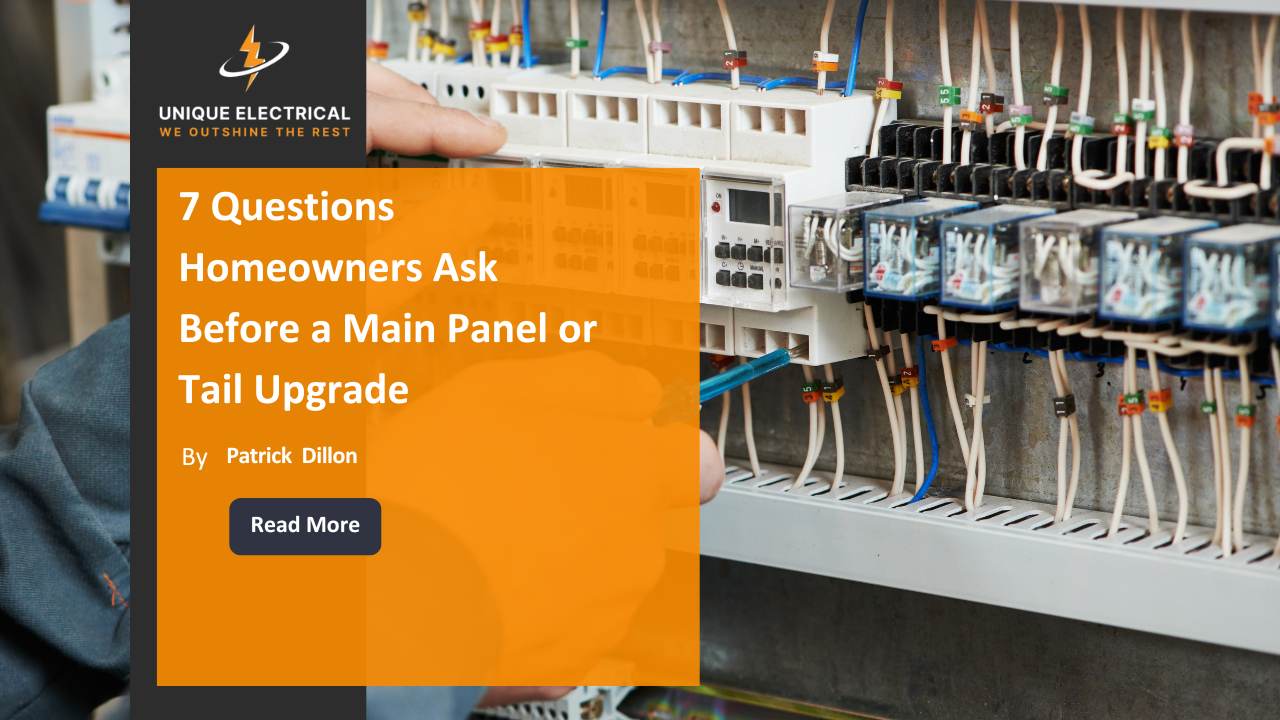

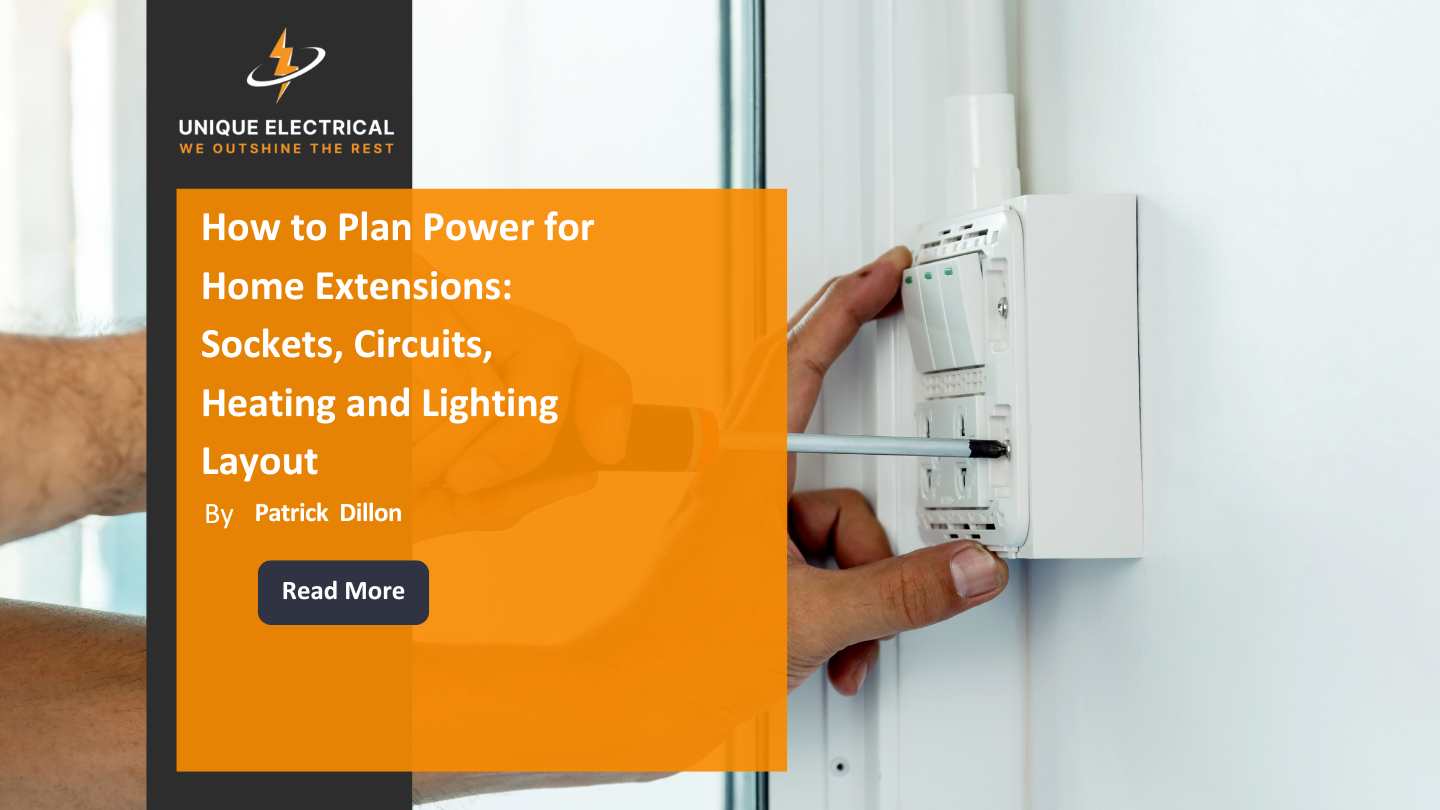



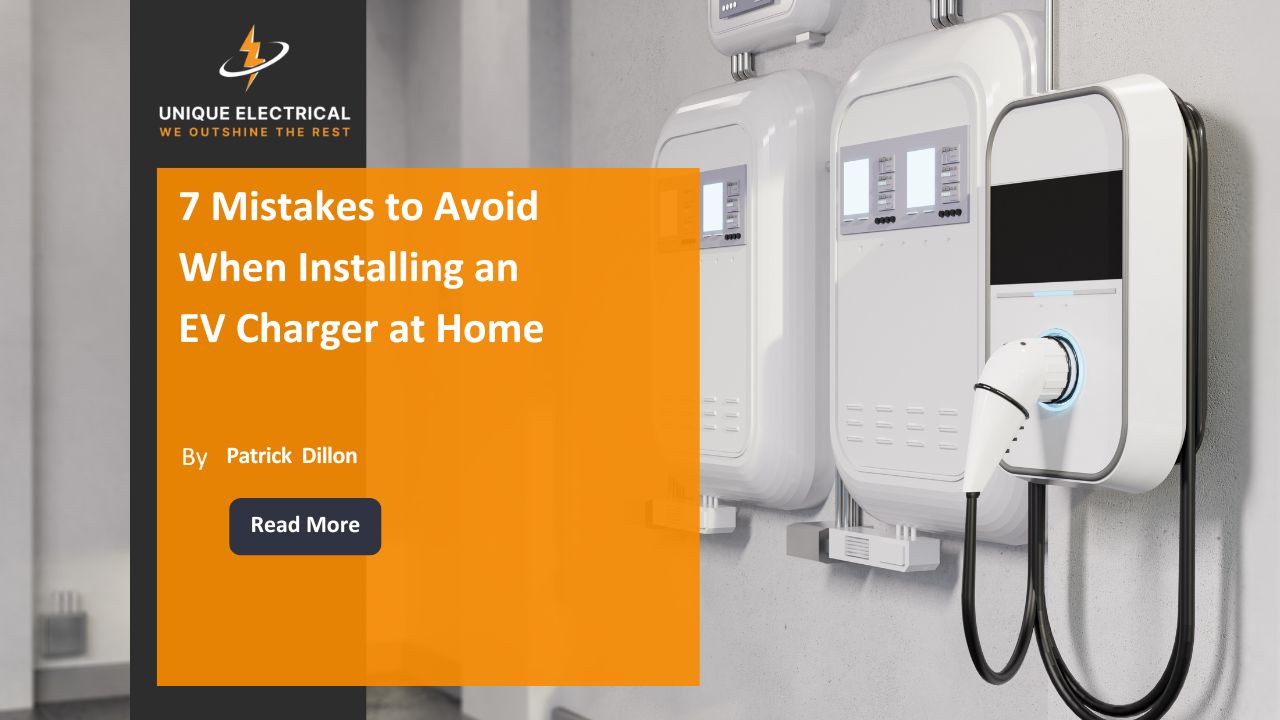
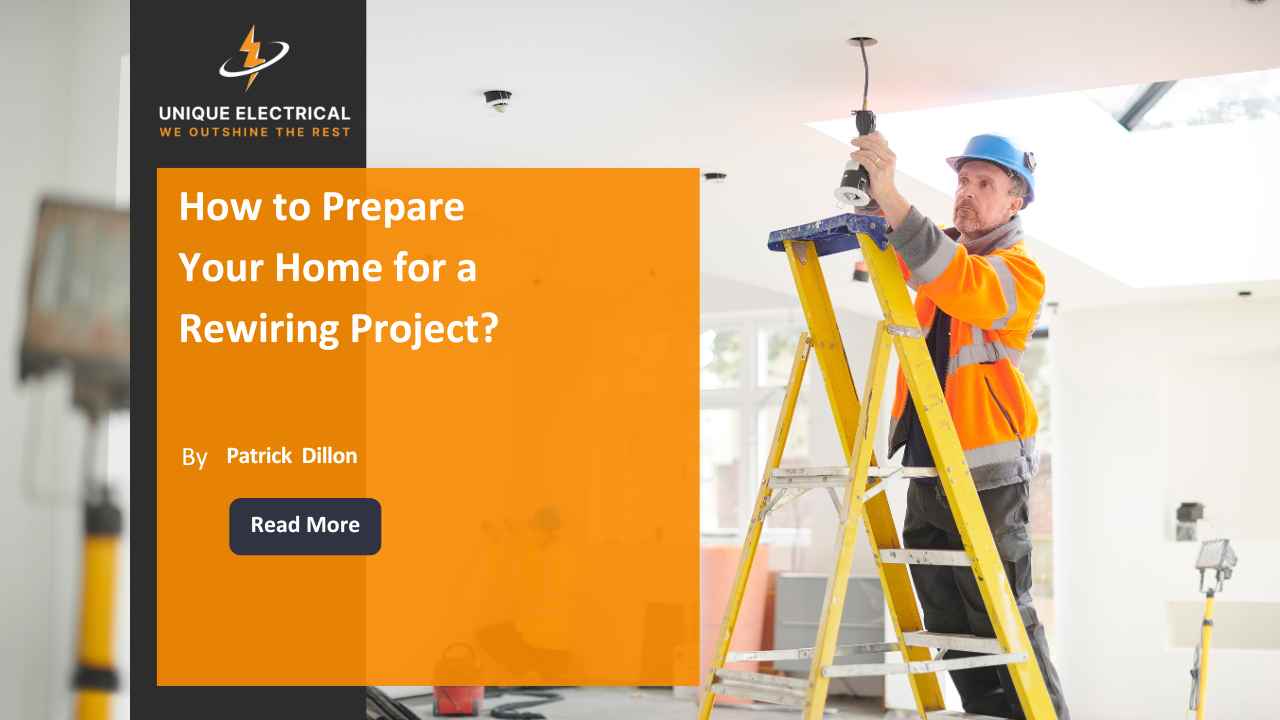


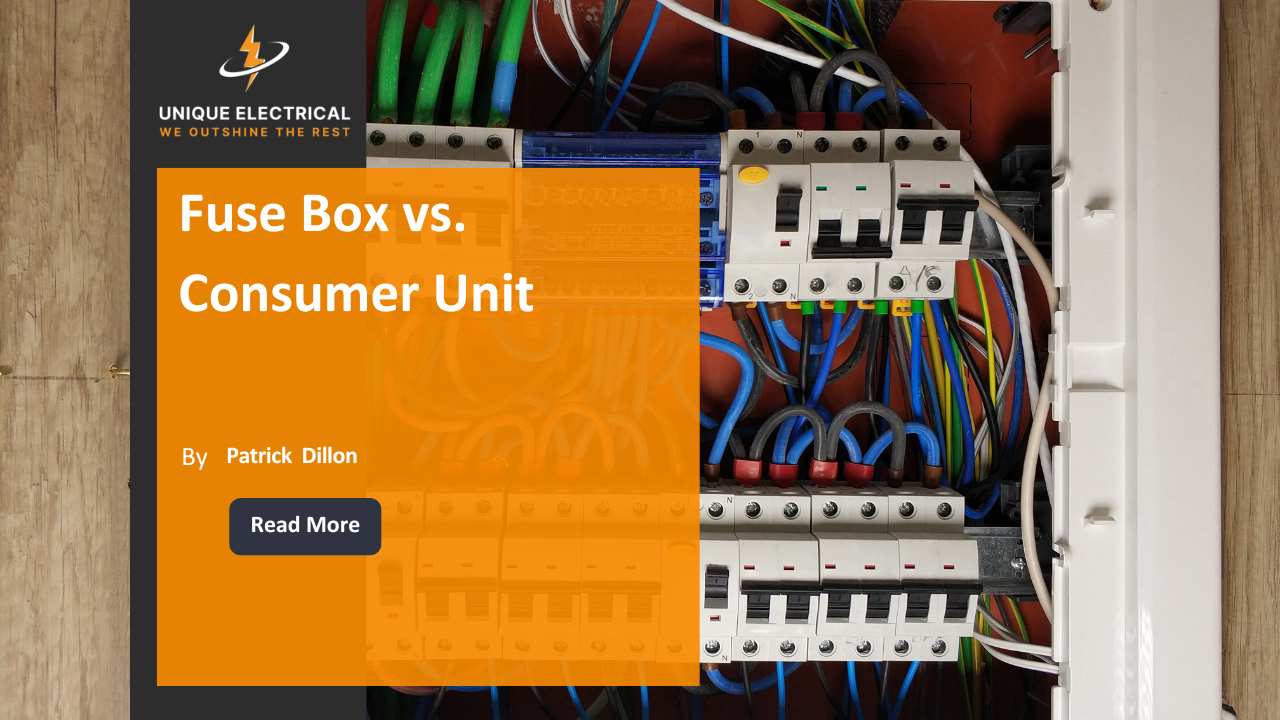
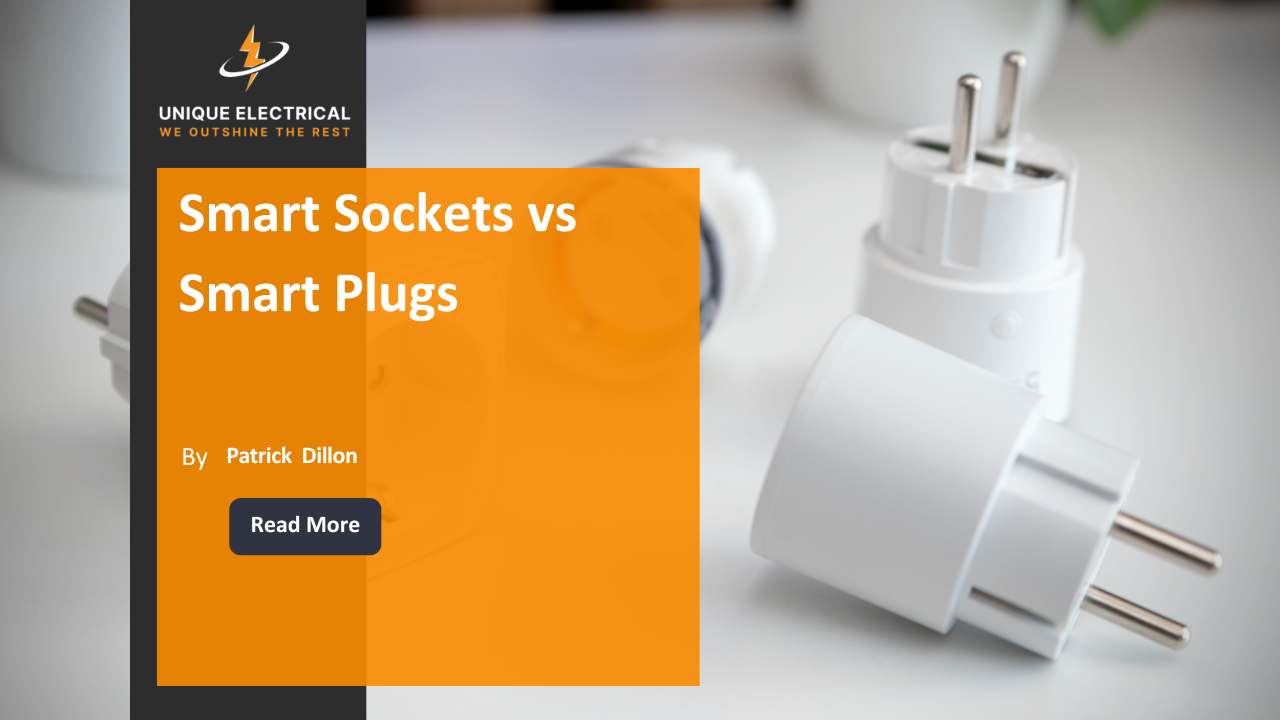
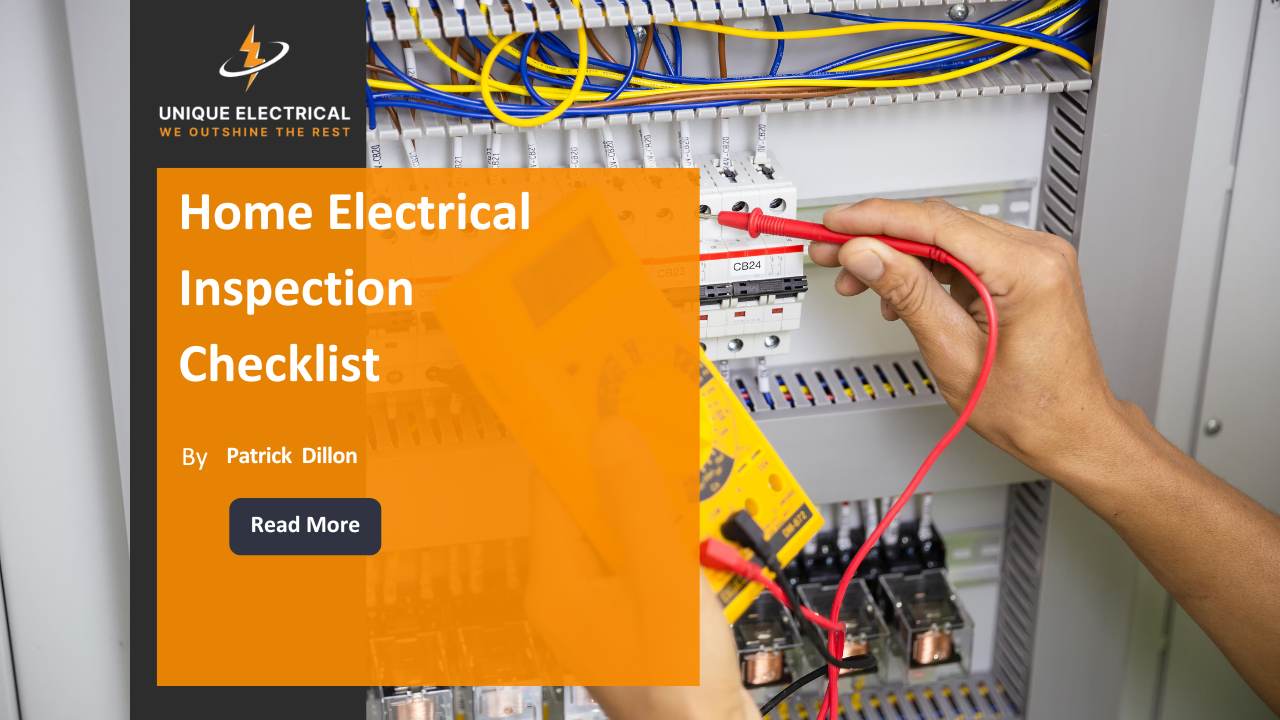
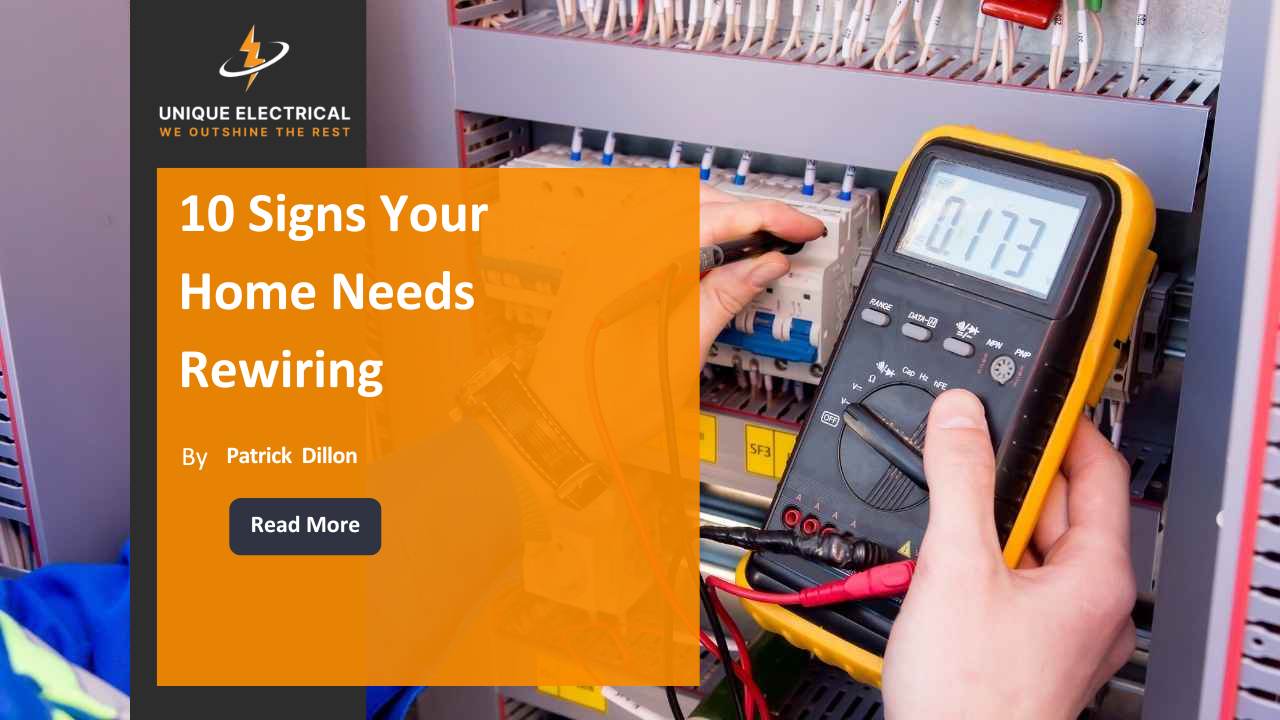
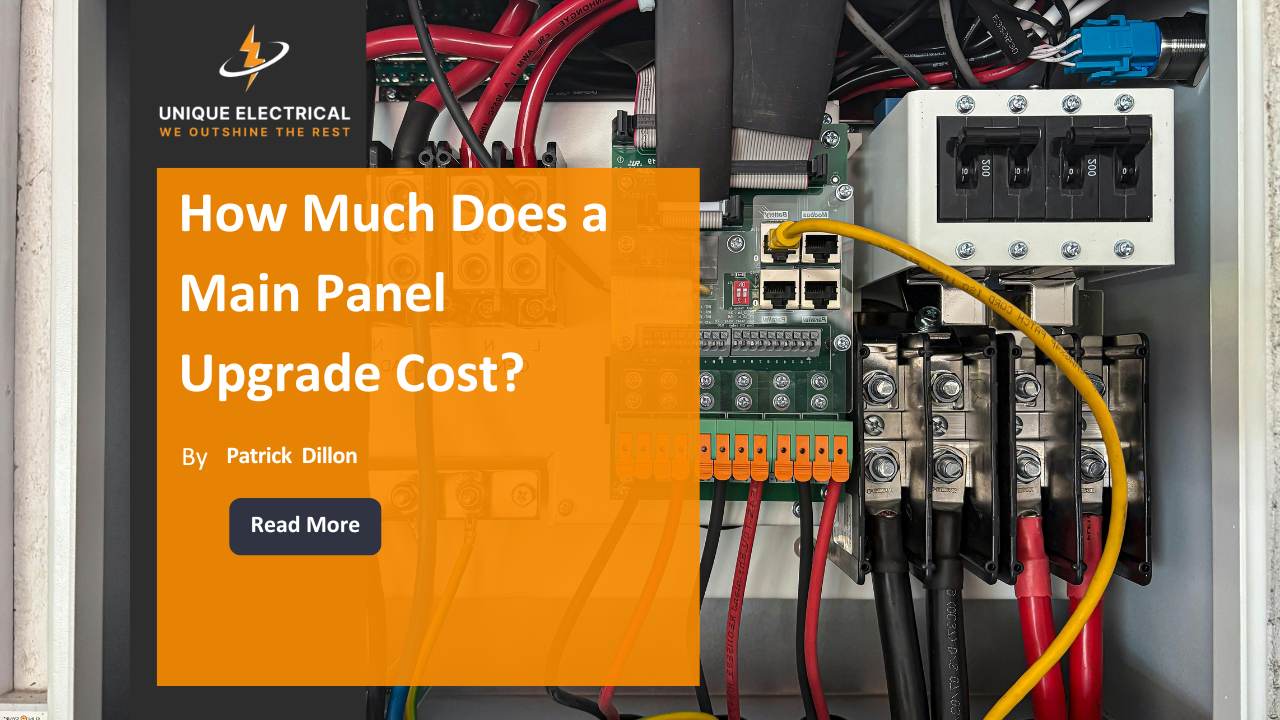
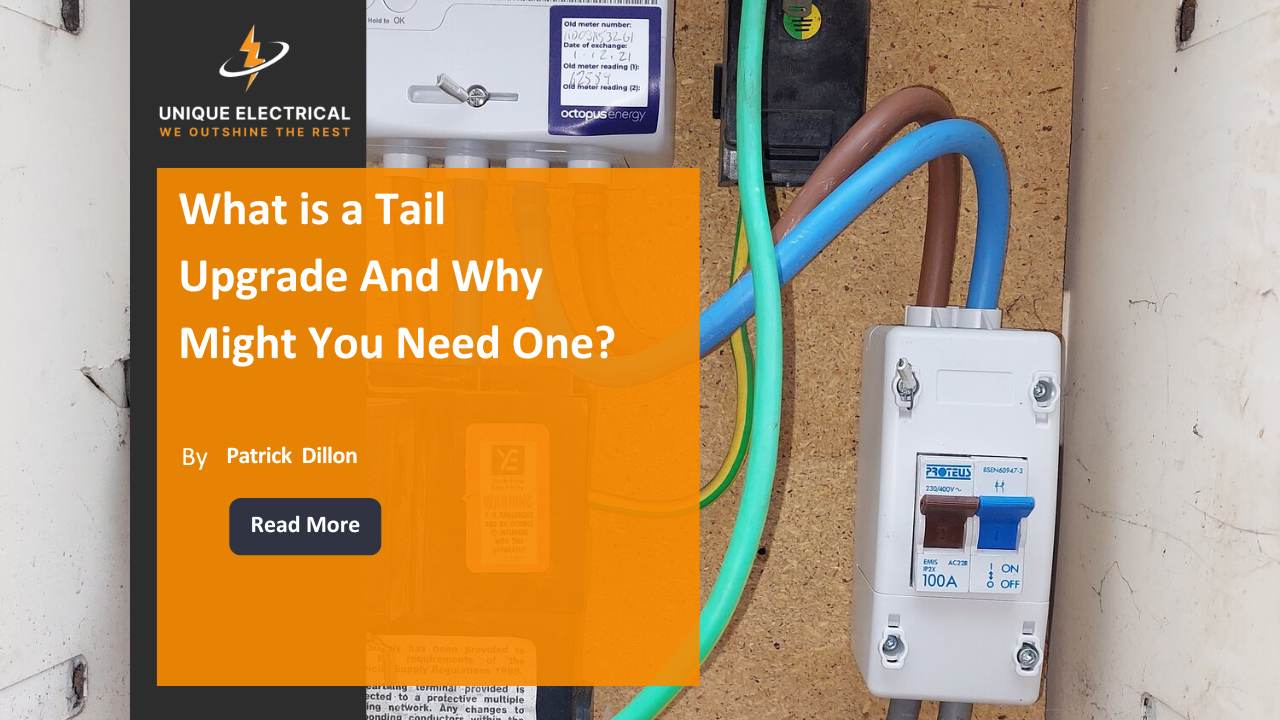












.jpg)

.jpg)





























